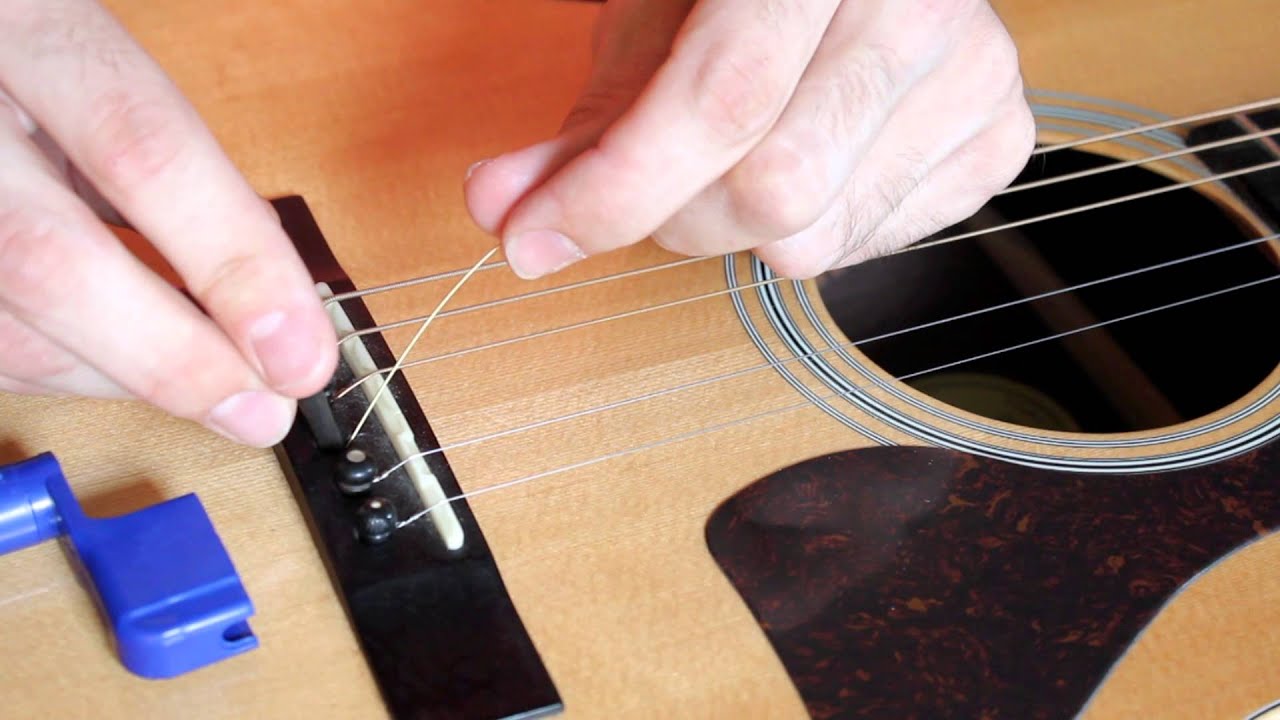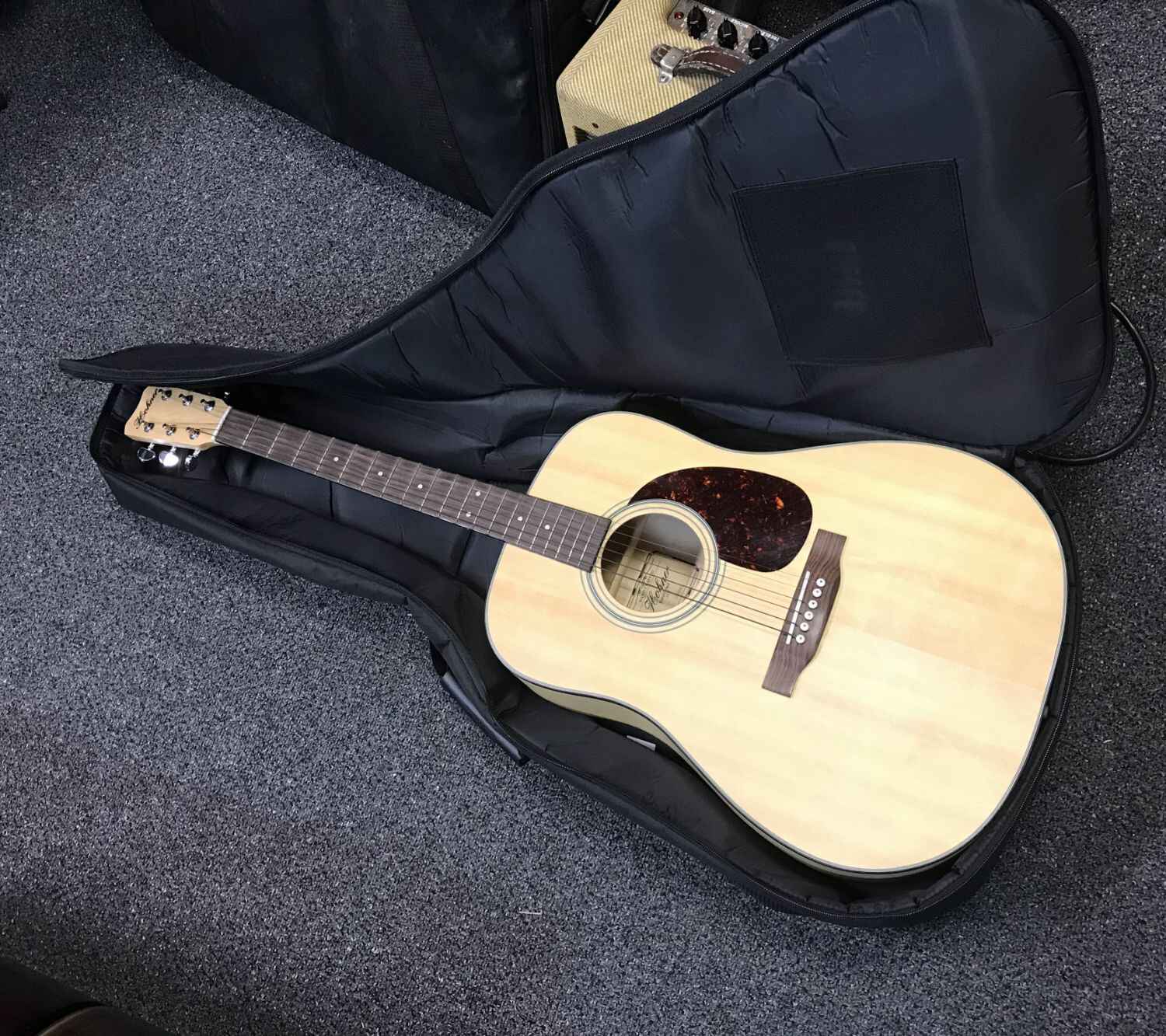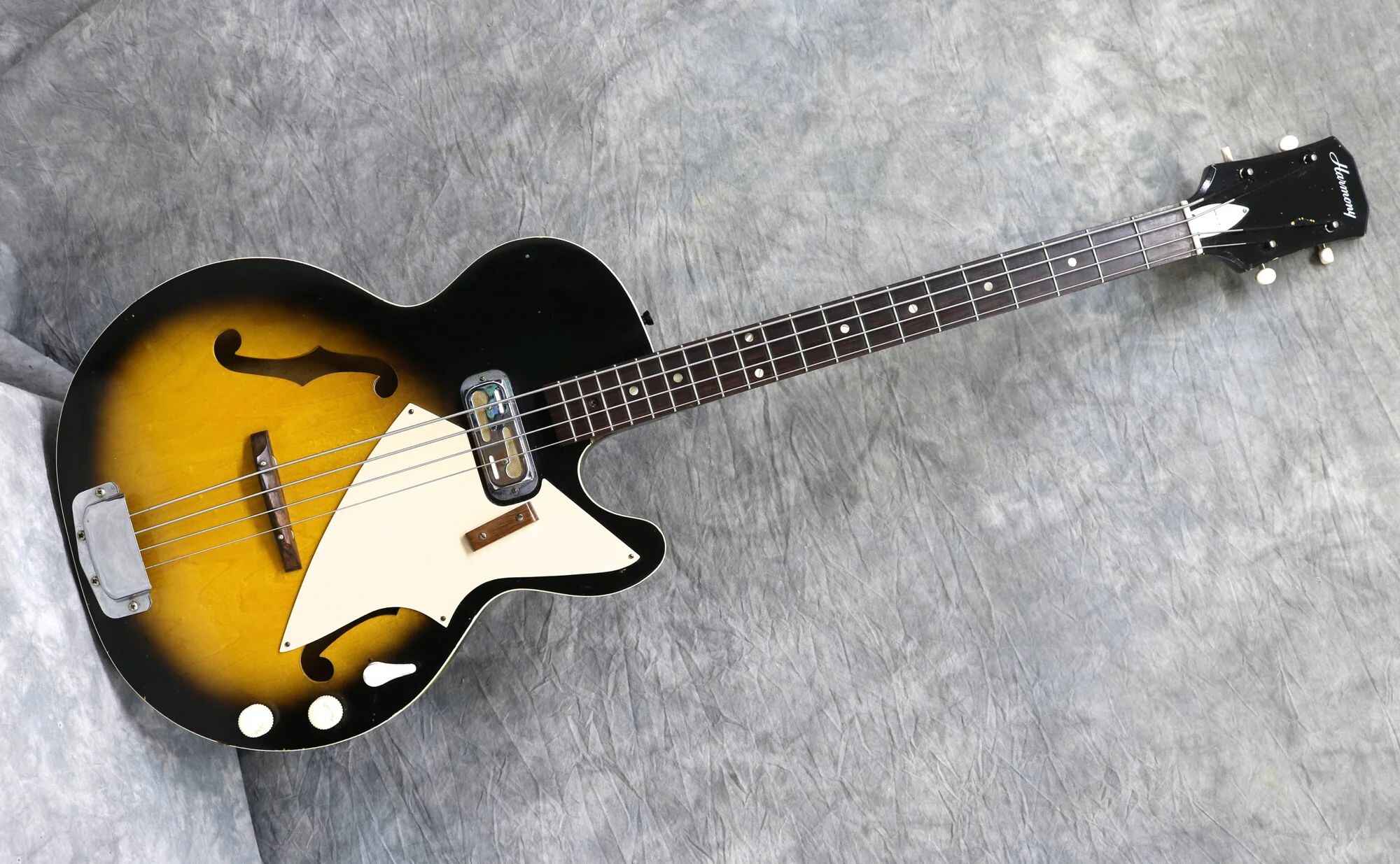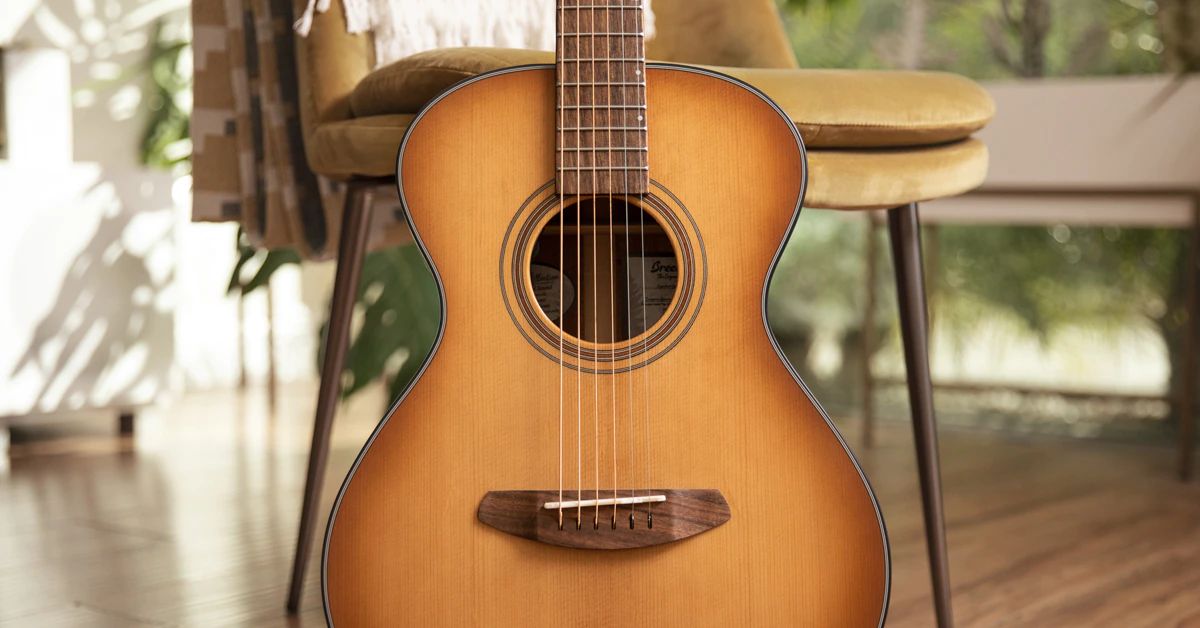Introduction
Introduction
Playing the acoustic guitar is a fulfilling and enjoyable experience, but it all begins with learning the proper techniques for holding and positioning the instrument. Whether you're a beginner or looking to refine your skills, understanding the fundamentals of holding an acoustic guitar is crucial. This guide will walk you through the essential steps to ensure that you are holding your guitar correctly, sitting comfortably, and positioning your fingers on the fretboard with ease. By mastering these foundational techniques, you can set the stage for a rewarding musical journey.
Learning how to hold an acoustic guitar may seem daunting at first, but with practice and the right guidance, it becomes second nature. The first step is to select the right size guitar for your body, as this will significantly impact your comfort and ability to play. Once you have the appropriate instrument, you'll need to familiarize yourself with the proper sitting position and the most effective way to hold the guitar. Additionally, understanding how to position your fingers on the fretboard will enable you to produce clear and resonant notes.
This comprehensive guide will provide you with the knowledge and confidence to hold an acoustic guitar with ease and precision. Whether you're strumming chords or picking melodies, mastering the foundational techniques outlined in this article will set you on the path to becoming a proficient acoustic guitarist. So, let's delve into the specifics of choosing the right size guitar, establishing a comfortable sitting position, and mastering the art of holding and playing your acoustic guitar.
Choosing the Right Size Guitar
When it comes to playing the acoustic guitar, selecting the right size instrument is paramount. The size of the guitar directly impacts your comfort, reach, and overall playing experience. There are various guitar sizes available, and choosing the one that best suits your body type and playing style is crucial for your development as a guitarist.
For beginners, it’s essential to consider a guitar that feels comfortable and allows for easy maneuverability. A full-size guitar may be overwhelming for younger players or individuals with smaller frames, making it beneficial to explore options such as 3/4 or 1/2 size guitars. These smaller sizes can provide a more manageable playing experience, allowing beginners to focus on technique and skill development without feeling strained or uncomfortable.
Conversely, adult players with larger frames may find that a full-size guitar offers the ideal fit and feel. The key is to test different guitar sizes and assess how each one aligns with your body proportions and comfort level. Additionally, consider the scale length of the guitar, as this can impact the spacing between frets and the overall playability of the instrument.
Ultimately, the goal is to find a guitar that enables you to reach all frets comfortably and allows for smooth transitions between chords and notes. By choosing the right size guitar, you set the stage for an enjoyable and productive learning experience, laying the foundation for your musical journey with the acoustic guitar.
Sitting Position
Establishing the correct sitting position is fundamental to your comfort and performance while playing the acoustic guitar. Whether you’re practicing at home or performing on stage, a proper sitting position sets the stage for an optimal playing experience. Here are essential tips to ensure that you maintain an effective and comfortable sitting position:
- Chair Selection: When sitting down to play the acoustic guitar, choose a chair without armrests. This allows for unrestricted movement and positioning of the guitar, ensuring that your arms and hands have the freedom to reach all areas of the instrument comfortably.
- Posture: Sit up straight with your back against the chair, ensuring that your shoulders are relaxed and your spine is aligned. Maintaining good posture not only supports your overall well-being but also facilitates proper breathing and movement while playing.
- Guitar Position: Position the guitar on your dominant leg (left leg for right-handed players and right leg for left-handed players). Rest the waist of the guitar on your thigh, allowing the instrument to be stable and easily accessible for fretting and strumming.
- Footrest: If needed, consider using a footrest to elevate your dominant leg slightly. This can further enhance your sitting position by promoting a natural angle for your fretting hand and facilitating a relaxed and efficient playing posture.
By adhering to these guidelines, you can establish a sitting position that promotes comfort, mobility, and proper technique. Remember that consistency in your sitting position will contribute to muscle memory and overall playing proficiency, allowing you to focus on honing your skills and expressing your musical creativity with confidence.
Holding the Guitar
Properly holding the acoustic guitar is essential for achieving a comfortable and effective playing experience. The way you hold the guitar greatly influences your ability to reach the frets, execute chord transitions, and produce clear, resonant tones. Here’s a step-by-step guide to holding the acoustic guitar with ease and precision:
- Positioning: Sit in a chair with a straight back, ensuring that the guitar rests on your dominant leg (left leg for right-handed players and right leg for left-handed players). Hold the guitar close to your body, allowing for a natural and relaxed posture.
- Supporting the Neck: Use your non-dominant hand to support the neck of the guitar. Your thumb should be positioned behind the neck, providing stability and control while allowing your fingers to move freely on the fretboard.
- Body Contact: Maintain contact between the lower bout of the guitar (the widest part of the body) and your strumming arm. This connection stabilizes the guitar, preventing it from shifting while you play and promoting a consistent and comfortable posture.
- Strumming Arm: Allow your strumming arm to rest lightly on the guitar’s top, providing gentle support without inhibiting the instrument’s resonance. This positioning ensures that you can strum and pick with ease while maintaining a balanced and secure hold on the guitar.
By following these guidelines, you can establish a secure and comfortable grip on the acoustic guitar, setting the stage for fluid and precise playing. Consistency in your holding technique will contribute to muscle memory and overall playing proficiency, allowing you to focus on honing your skills and expressing your musical creativity with confidence.
Placing Your Fingers on the Fretboard
Mastering the placement of your fingers on the fretboard is a fundamental aspect of playing the acoustic guitar. Proper finger positioning allows you to produce clear and resonant notes, execute chords seamlessly, and navigate the fretboard with precision. Here’s a comprehensive guide to placing your fingers on the fretboard with confidence and accuracy:
- Finger Placement: When fretting a note or chord, use the tips of your fingers to press down on the strings. Position your fingers just behind the fret wire, ensuring that you apply adequate pressure to produce a clean and clear sound.
- Thumb Position: Keep your thumb positioned on the back of the guitar neck, providing support and stability while allowing your fingers to move freely on the fretboard. Avoid wrapping your thumb over the top of the neck, as this can hinder your finger mobility and lead to inefficient finger placement.
- Finger Independence: Practice exercises that focus on developing finger independence and strength. This will enable you to fret individual notes and chords with precision, facilitating smooth transitions and enhancing your overall dexterity on the fretboard.
- Relaxation: Maintain a relaxed hand and finger position while playing. Tension in your fingers can impede your ability to fret notes accurately and fluidly. Focus on maintaining a light touch on the strings while applying sufficient pressure for clear and resonant notes.
By honing your finger placement technique and developing finger independence, you can navigate the fretboard with confidence and precision, unlocking a world of musical possibilities on the acoustic guitar. Consistent practice and attention to proper finger positioning will enhance your playing proficiency, allowing you to express yourself musically with clarity and finesse.
Conclusion
Mastering the art of holding an acoustic guitar is a foundational step in your musical journey. By understanding the nuances of choosing the right size guitar, establishing a comfortable sitting position, holding the instrument with precision, and placing your fingers on the fretboard with accuracy, you set the stage for a fulfilling and productive playing experience.
Choosing the right size guitar ensures that you can play comfortably and efficiently, setting the foundation for seamless progress in your musical endeavors. Additionally, maintaining a proper sitting position and holding the guitar with ease promotes optimal posture, mobility, and technique, allowing you to focus on honing your skills and expressing your musical creativity.
Placing your fingers on the fretboard with confidence and precision is essential for producing clear and resonant notes, executing chords seamlessly, and navigating the fretboard with ease. By honing your finger placement technique and developing finger independence, you unlock a world of musical possibilities on the acoustic guitar.
As you embark on your journey with the acoustic guitar, remember that consistent practice, attention to technique, and a passion for music will fuel your progress. Embrace the learning process, seek inspiration from your favorite artists, and enjoy the rewarding experience of expressing yourself through this timeless and versatile instrument.
With dedication and perseverance, you will develop proficiency in holding and playing the acoustic guitar, paving the way for countless musical moments and creative expression. So, pick up your guitar, apply these foundational techniques, and embark on a musical adventure filled with discovery, growth, and the joy of making music.

























